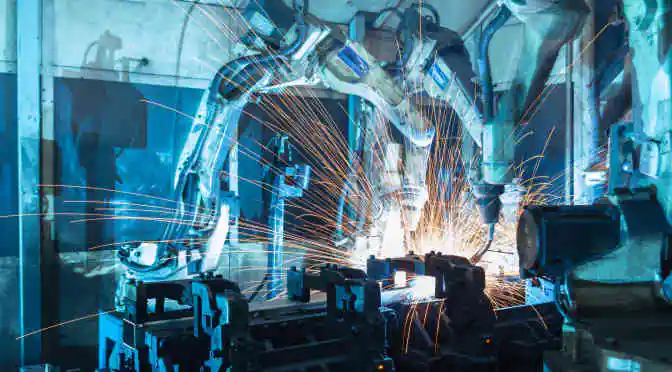Science fiction novels and movies have romanticised the idea of cryogenics and its ability to prevent aging or even preserve human life for hundreds of years. Today, cryogenics are far from just a subject of fiction and have come a long way in terms of development. Simply put, cryogenics is the study of the production and effects of materials at very low temperatures – which can be anything below 150⁰F.
Due to a wide range of applications, analysts at Technavio predict that the global cryogenic equipment market will grow at a CAGR of 6% by 2020.
Here are some of the ways in which the equipment is being used today.
Petrochemical and chemical industries
Cryogenic containers and gases are used in chemical processing for freezing foods and providing the necessary extreme cold conditions. Apart from this, the technology is also used in hydrofracturing, cryogenic distillation, and the storage of gases in liquid form. Most recently, cryogenic equipment is being used in the LNG (liquefied natural gas) sector for floating liquefaction natural gas (FLNG).
Metallurgy industry
Cryogenic equipment is used in the cryo-treatment, shrink fitting and cold treatment of steel in order to improve its lifespan. These processes enhance the properties of steel and other metals by increasing their hardness, providing dimensional stability, and improving their resistance to wear and tear.
Cold chain logistics
Cold chain logistics is in high demand when it comes to stem therapy, immunotherapy, cellular medicine and regenerative medicine. Cryogenic solutions offer the best assistance required to provide these therapies and medicines without compromising on quality. The global cold chain logistics market is estimated to reach approximately $900 billion by 2025.
Nitrogen in the food processing industry
Conventional refrigerators are being replaced by nitrogen-cooled freezers in the food processing industry. Liquefied nitrogen produced with the help of cryogenic equipment is used during mixing, grinding, and coating applications. It is also used in sauce and gravy mixing in order to enhance the product consistency and reduce the loss of flavour and aroma in food additives and ingredients. Liquefied nitrogen is used in the meat processing industry in order to prevent fat from melting by preserving the temperature of the meat.
Life sciences
Vaccinations, biopharmaceuticals, and immunotherapy all require cryogenic temperatures for storage, preservation, and treatment. Likewise, cryogenic freezers are used for the storage of bone marrow, stem cells, cord blood, human tissues, and other highly sensitive pharmaceutical and biological substances.
Want to know more about how cryogenic equipment is being used?
View the 2016-2020 the Global Cryogenic Equipment Market Report



